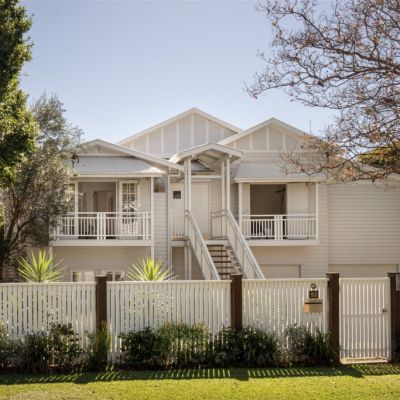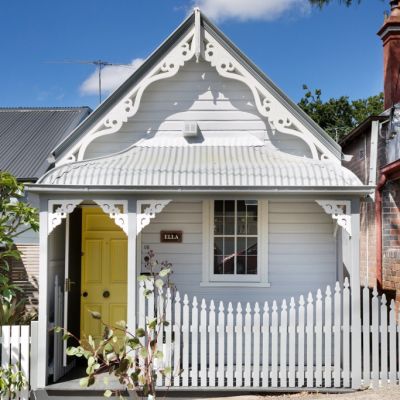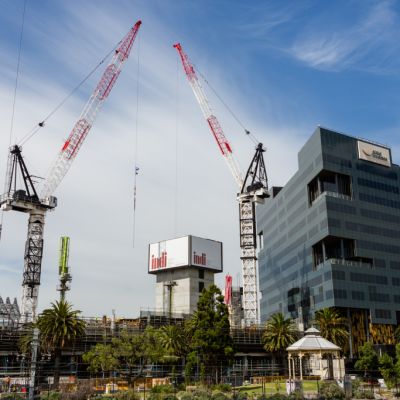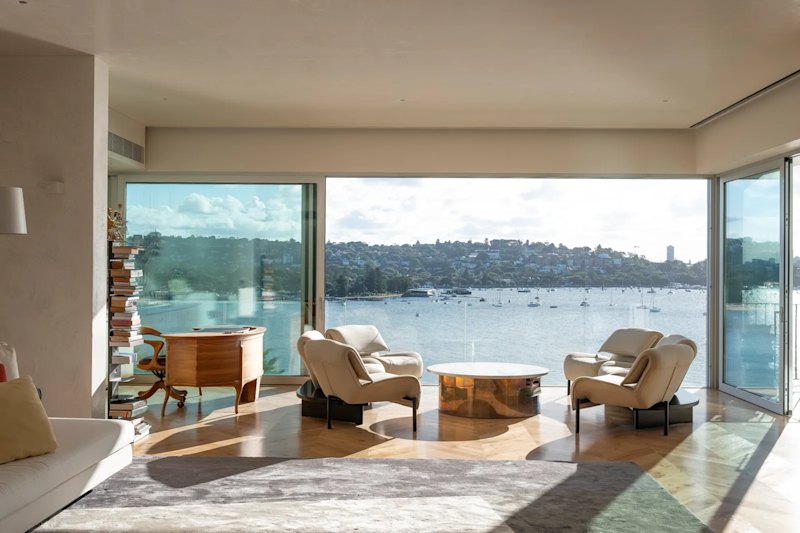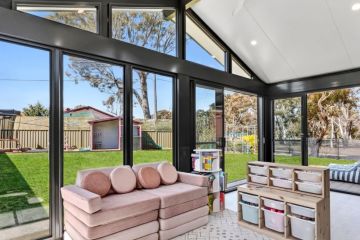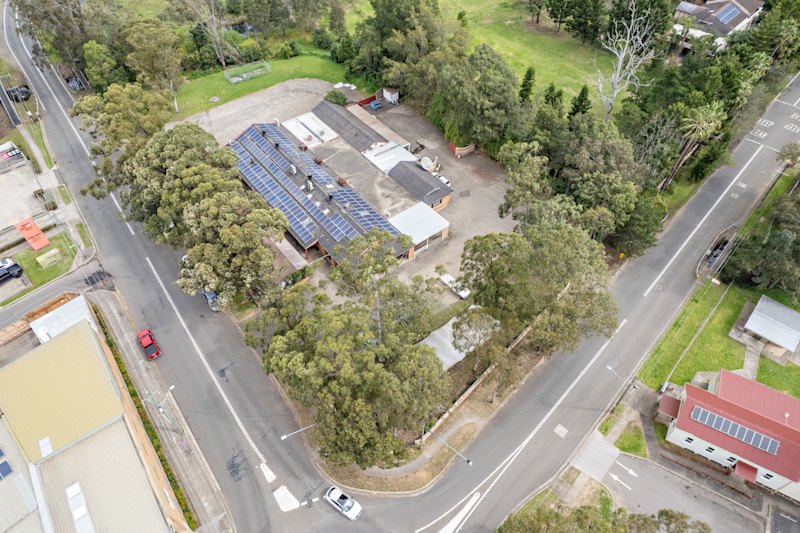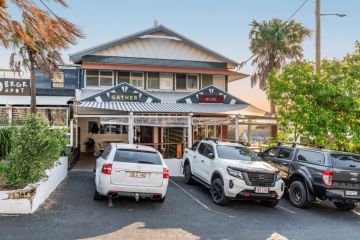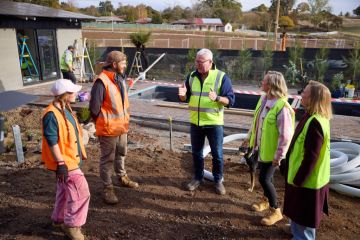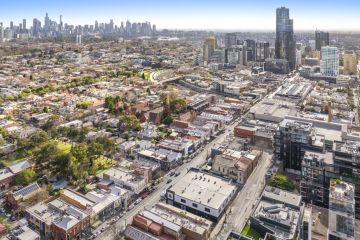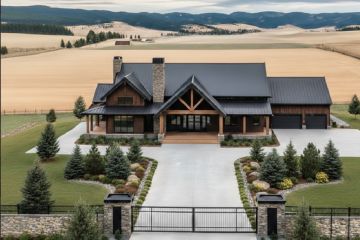What will slow property prices down? How Australia can rein in its price rises
Despite a cost-of-living crisis and heightened interest rates, Australia’s property market has experienced tremendous price growth over the last decade – great news for property owners but not for those who dream of one day living in a place where they don’t have to ask permission to hang shelves.
Owner-occupiers account for about 67 per cent of Australia’s homes, and 32 per cent of them are mortgage-free, according to Bureau of Statistics census data.
“The vast majority of the Australian population owns property, and they don’t want to see one of their biggest financial assets going down in price,” says Domain chief of research and economics Dr Nicola Powell.
“We have to layer [housing unaffordability] with the complexities of our housing market, which is that most people own and most people are benefiting from the increase in property price,” she says.
As uncomfortable as it sounds, many Australians don’t want the property market to go backwards.
But experts say a property downturn wouldn’t be necessary to help more potential buyers break into the market. Even a slowdown in the pace of property growth could make all the difference.
Will building new suburbs slow down property price growth?
The simplest solution to slow down price growth is to have more supply. Still, it’s not as easy as building new suburbs, says BIS Oxford Economics head of macroeconomic forecasting Sean Langcake.
Building new suburbs means massive costs that are easy to forget about – things like roads, traffic lights, sewage, electricity grid connections, shops and other amenities.
“There’s just a ton of infrastructure that you need to put in place to connect this new suburb to the rest of the city,” Langcake says.
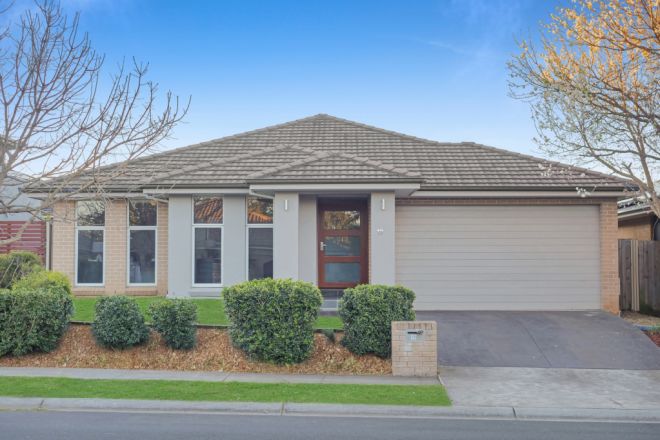
And just because it’s new, it doesn’t mean the suburb is more affordable.
For example, Oran Park – one of the newer suburbs in Sydney – is 42 kilometres away from the CBD and has a median house price of $1.08 million, but Liverpool, which has been around since the 1800s, is 24 kilometres from the CBD and has a median of $944,000, according to the Domain House Price Report.
“Urban infill is actually much, much more cost-effective, particularly if you are infilling and creating more supply in areas that can cope with that higher level of foot traffic, particularly if it’s around major infrastructure hubs, train stations and connected roads,” Powell says.
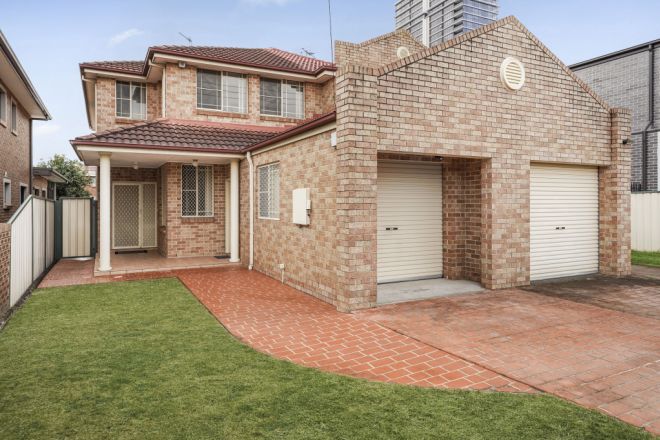
Would government intervention slow down property price growth?
All of the current tax and property transaction policies are technically government intervention, and, in theory, new ones could help slow down property growth – but it would depend on the policy, Langcake says.
These policies could be a new form of land tax, taxing people who hold multiple properties or offering discounts for people to downsize and free up more family homes, he says.
“If a government decided that it was politically popular enough for them to really do something, I think that they would,” Langcake says. “But I have a hard time seeing that heading off the ground.
“If we’re talking about house prices being too high, there’s a fairly silent majority there that are just kind of sitting there thinking, ‘This isn’t so bad.’ A fairly large cohort of people in this country have no issues seeing their assets increase in value.”
A possible solution could be reforming or removing stamp duty, Powell says.
Stamp duty is a property tax levy by state or territory governments that can cost tens of thousands of dollars depending on the property’s value.
In Sydney – where the median house price is $1.66 million – a buyer could spend an additional $74,493 on stamp duty, according to Mozo’s stamp duty calculator.
| Capital city | Median house price | Median stamp duty cost |
| Sydney | $1,662,448 | $74,493 |
| Melbourne | $1,068,805 | $58,784 |
| Brisbane | $976,464 | $29,793 |
| Adelaide | $929,972 | $44,980 |
| Canberra | $1,041,432 | $37,160 |
| Perth | $852,240 | $35,009 |
| Hobart | $686,053 | $26,157 |
| Darwin | $585,047 | $28,960 |
Eliminating stamp duty could give people the incentive to buy homes that suit their needs, Powell says.
An example is an empty nester being able to sell their big family home and downsize to something with less space without worrying about paying tens or hundreds of thousands of extra dollars in stamp duty.
Why it’s important to have moderate levels of property price growth
“People should be worried if the housing market keeps increasing by double digits every year. That is dangerous,” says UNSW professor Chyi Lin Lee.
He says rapid growth rates could push people out of the market too quickly and could indicate a housing bubble that may burst and harm more people in the long run.
However, it’s not easy to establish an ideal price growth rate, at least not in the same way the “perfect” levels of inflation and rental vacancies have been established.
Still, when annual growth rates are above 10 or 15 per cent, “it’s edging into an unsustainable world of price growth”, Powell says.
“A sustainable rate of growth is one that matches wage growth, and one that also reflects inflation,” she says.
Across the combined capital cities, the median house price grew by 9.7 per cent over the past 12 months. However, Adelaide, Brisbane and Perth all recorded more than 15 per cent growth, according to Domain data.
Experts say this type of growth is unsustainable.
Langcake says former RBA official Peter Tulip “has a great line where he’s saying housing is becoming hereditary, and everyone kind of needs the ‘bank of mum and dad’ to get involved”.
Due to the rapidly growing prices, more than 60 per cent of first-home buyers have received help from their parents, according to Finder’s 2023 Consumer Sentiment Tracker data.
However, this is not something everyone can rely on, and it widens the gap between people who own property and those who don’t, Powell says.
What needs to happen for property price growth to slow down
Many economists agree that the level of price growth is unsustainable in the long term and could affect future generations of home owners.
“We all agree that there is a kind of structural problem in Australia’s housing market, and there is also an affordability issue,” Powell says.
For starters, Australians need to change their perception of housing before any real reform can happen, Lee says. This means moving away from seeing housing as a way to invest and become wealthier and instead seeing it more as a place to live.
“Housing is a basic need for sheltering for everyone. So, that has to be protected,” he says. “Then we can have a private market for those who ever want to pursue a more luxurious lifestyle. ”
For a more sustainable property market, there also need to be governmental reforms, but Langcake says this will only be possible if the bank of mum and dad cohort pushes for it.
“The government will be motivated more by the bank of mum and dad saying, ‘Hey, we don’t want to have to pay this.’ Then [the government] will truly be worrying about people getting into the market.”
We recommend
States
Capital Cities
Capital Cities - Rentals
Popular Areas
Allhomes
More
